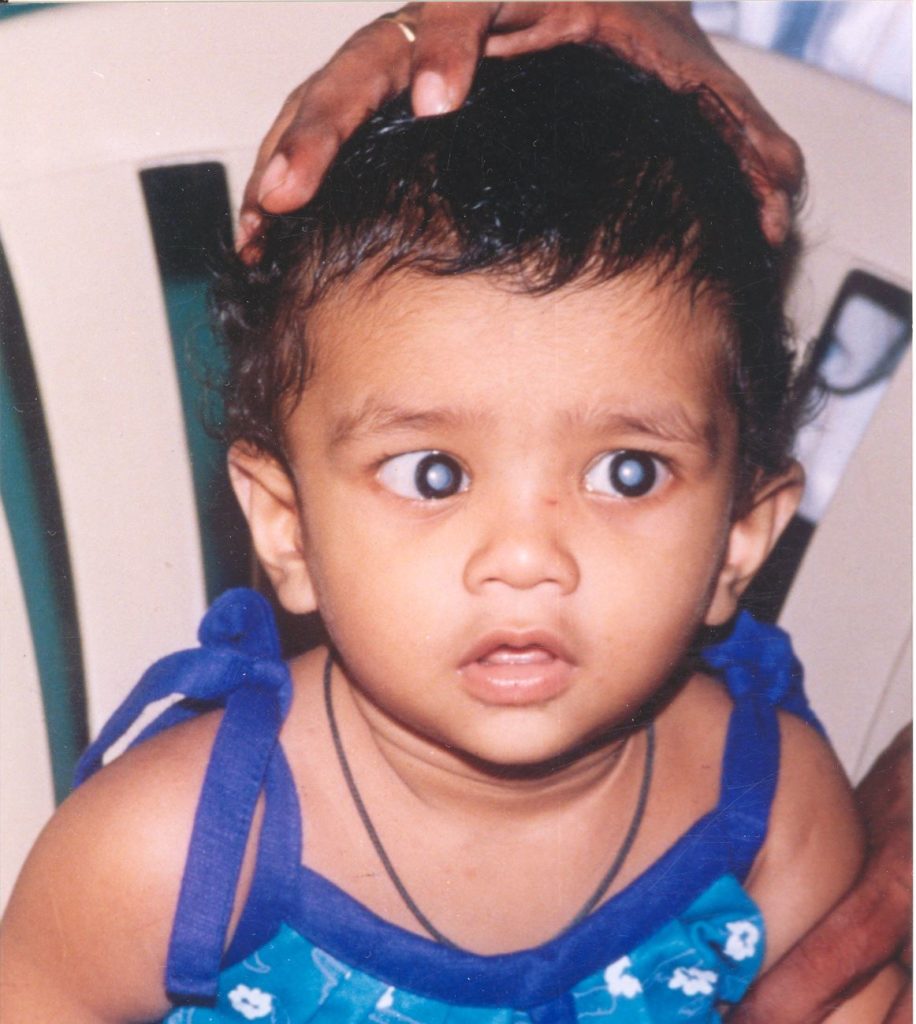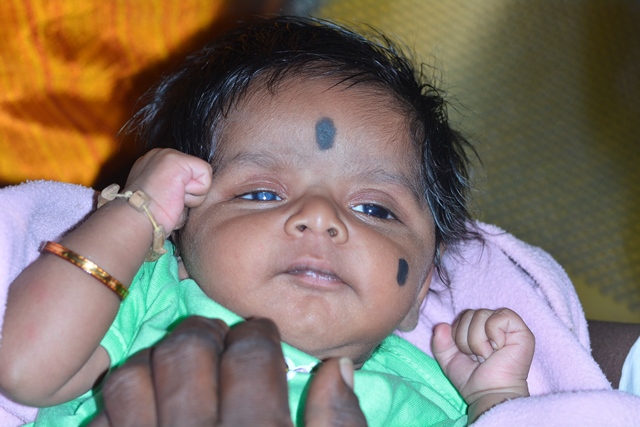Should newborn babies with cataracts in both eyes undergo surgery immediately?
Yes. The child should have the surgery within the first 2-3 months after birth. In fact, it can be done as early as six weeks.
Will a 2-month old baby be able to withstand the surgery?
Yes. The surgery is so advanced that even a newborn baby can safely have surgery. General anesthesia will not harm your child.
Will the child need to wear glasses after the surgery?
Yes. Parents should make sure that the child always wears the glasses. This is important to make sure that the eyes develop properly. Choose a pair of spectacles that your child is comfortable using.
Will young children wear thick glasses?
Children are very smart. While they may resist at first, they will soon realize that they see better with the glasses. Even babies will start to like their glasses. Also, the glasses will only be thick if your child does not have an IOL. Children with implanted IOLs can wear thin, near-vision glasses.
Why can’t an IOL be used in my child?
- The eye may be too small
- The cataract may be in both eyes and the child is less than 2 years old
- The eye has inflammation
When is my child old enough for an IOL?
IOLs are safe for children older than 2. This is because the eye is rapidly growing at younger ages. It is hard to measure the IOL power that a younger child will need because their eye power has not stabilized.
Will the child need any other treatment after surgery?
Your child will have to wear glasses. If amblyopia has developed, your child may have to use patch therapy too. In some cases, children also need laser treatment for PCO. Cataract surgery is a necessary treatment, but it is only the first step.
Can normal vision be regained after cataract surgery?
It depends on:
- Your child’s age
- The type of surgery
- The time between the onset of cataract and the surgery
- How regularly your child uses their glasses
- How well the eyes and brain develop
If the cataract is mild and the cataract is treated early, there is a better chance that vision will improve.
Will vision improve immediately after surgery?
This also depends on your child’s exact situation. Depending on your child’s age, how early the cataract was treated, and how bad it was, vision may or may not improve immediately after surgery.
When can we expect vision to start improving?
Vision often improves gradually after the surgery. Even then, glasses and patch treatment may be needed to make the affected eye stronger. Since the eyes are still developing in children, you will need to monitor your child’s eyes for the next few years to make sure they are growing as they should.
Can nutritious food and vitamin tablets cure cataract?
No, they cannot.


